Yesterday, I walked around the Ancient Burying Ground in Hartford, Connecticut, next door to my office building. I found some interesting graves, and I also remembered an article by a fellow actuary who also walked around his local cemetery. And I found a headstone database for the Ancient Burying Ground. Happy Memorial Day!
Episode Links
Ancient Burying Ground
Death’s Head Gravestones
Images began to appear on Connecticut gravestones late in the 1600s. Stones from this period into the early 1700s evolved from crudely simple heads into a fully realized, forbidding, grimacing skull, with hollow eyes, arched batlike wings, and sometimes surrounding decoration. Known among modern gravestone scholars as “death’s heads,” these are believed to reflect early Puritans’ grim attitude toward human mortality, emphasizing impending, unavoidable death, and the subsequent decay of the physical body.
Gravestones were the primary form of sculpture produced in early New England. The carvers were folk artists each of whom started with the same symbolic image, then rendered it in his own personal, distinctive style.
The style of the lettering, the decorative work on the tympanum and along the edges and bottoms of stones – pin-wheels, clovers, hearts, diamonds, scallops, vines, and more – also could reflect the work of a particular carver. The size and quality of the carving on a stone also reflected the financial prosperity and social status of the deceased.
The style of an individual carver could develop and change over the course of his career. The work of more than 40 different carvers is represented in the Ancient Burying Ground.
Angel’s Head Gravestones
Beginning around 1730, death’s heads became more “human” in appearance, more sophisticated in design and execution. The fearsome expression gradually softened into a sober, serene, even smiling one. The bat wings morphed into celestial, often upswept ones. These “angel’s heads” are believed to symbolize the soul’s flight to heaven, emphasizing the blissful life everlasting that awaited the righteous. This change has been attributed to the religious revival of the 1730s and 1740s known as the Great Awakening, which focused on salvation of the soul, the possibility of a joyful afterlife, and on emotional expression of personal spiritual development.
Kevin Wolf, Contingencies, 2018: A Long Stroll Through Avoca Cemetery—An actuarial study … and a few meditations and meanderings
The Avoca Cemetery is about 8 miles from Fond du Lac, Wisc. My wife, Mary Gau, and I took a break from a family reunion in September 2017 and spent two days photographing the gravestones—we may have missed some, but our goal was to capture them all. I gathered information from readable gravestones in the cemetery. I found that the average lifespan (or life expectancy) from birth to death was 64.3 years. The earliest birth year was Hanna Bull in about 1772 (the gravestone read “Died Mar. 18, 1861 [AG]E. 88 ys. 7 ms.”). The oldest person buried was Martha Hodge Blaeser (1882-1988) who died at about age 106. The longest marriage, with known wedding date, was over 74 years between Bennett and Ethel Bird from Sept. 19, 1923. through Ethel’s death in 1998. My results came from about 2,100 gravestones and 2,850 people buried there. I used the information on the gravestones to develop mortality tables and life expectancies.




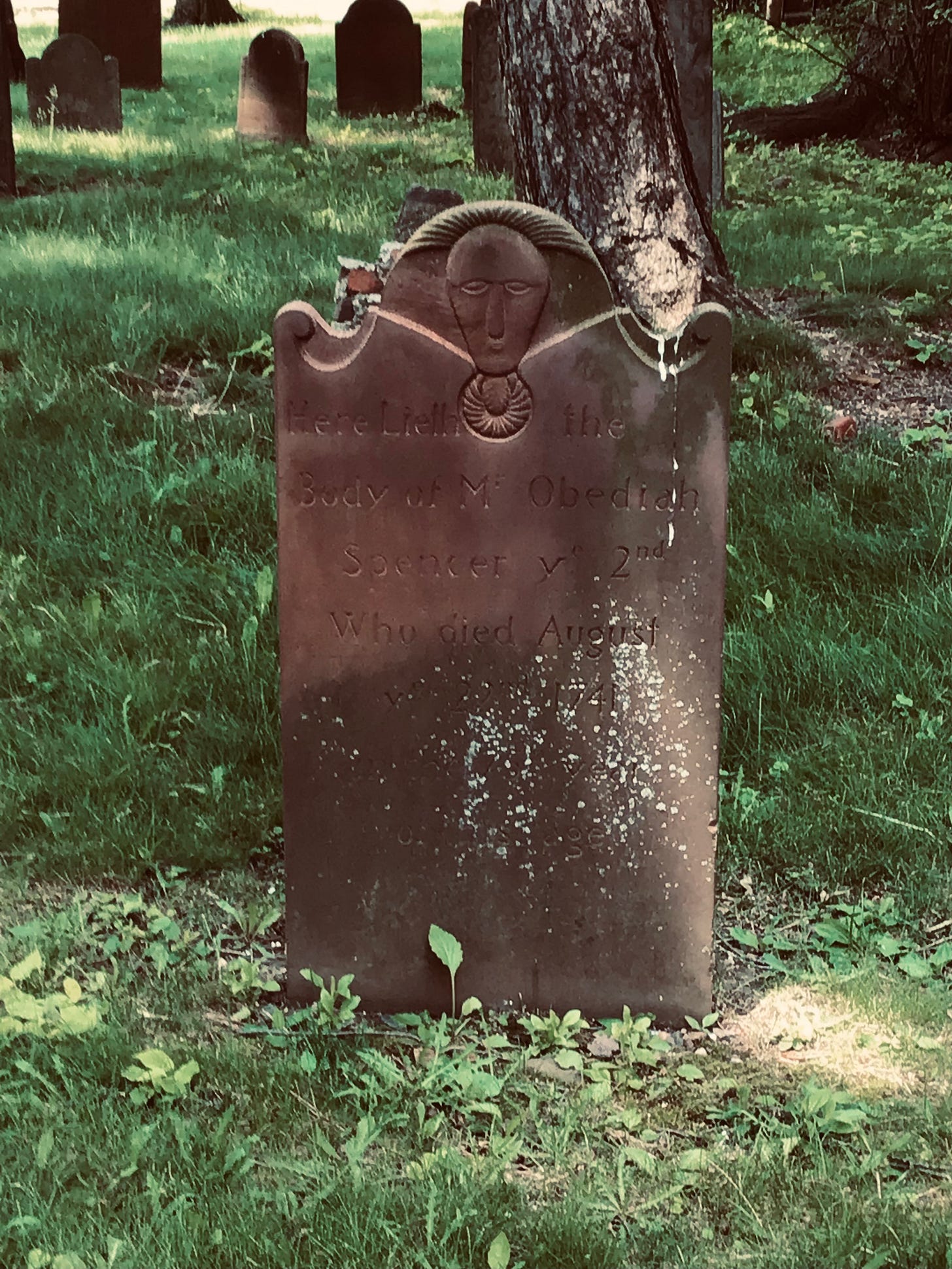

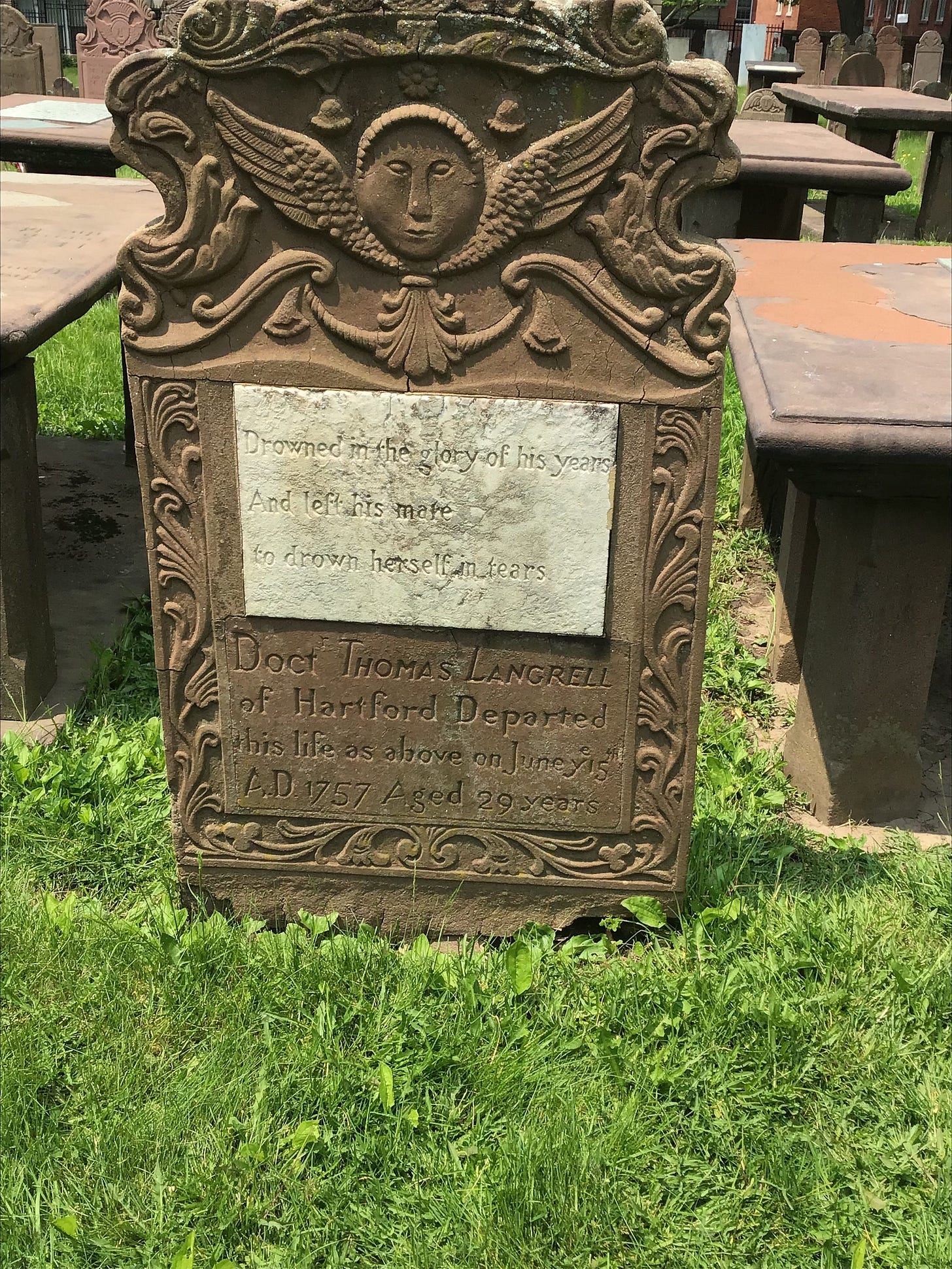

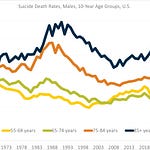
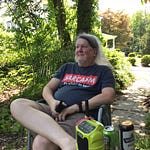

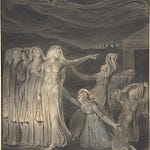




Share this post